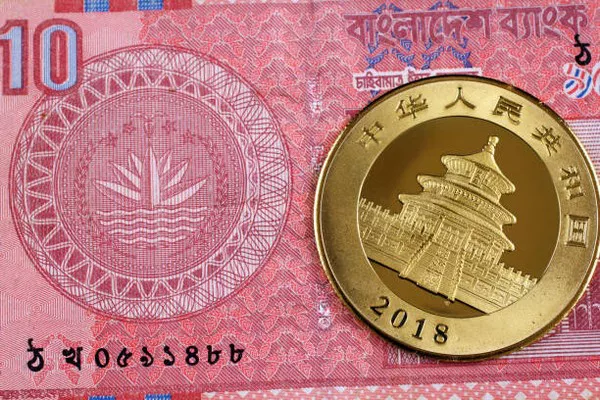Bangladesh, a South Asian nation, has undergone significant economic transformations over the past few decades, emerging as one of the fastest-growing economies in the region. This article aims to delve into the various facets of Bangladesh’s financial stability, analyzing key indicators, economic policies, and external influences that contribute to the overall economic health of the country.
Macroeconomic Indicators:
To gauge the financial stability of any nation, it is crucial to examine key macroeconomic indicators. In recent years, Bangladesh has demonstrated resilience in the face of global economic challenges. The country has maintained a steady GDP growth rate, averaging around 6% to 8% annually. This robust growth has been driven by a combination of factors, including a burgeoning manufacturing sector, a vibrant services industry, and a strong agricultural base.
The government’s commitment to economic diversification and infrastructure development has played a pivotal role in sustaining this growth momentum. Investments in sectors such as information technology, textiles, and telecommunications have not only fueled domestic economic activity but have also positioned Bangladesh as an attractive destination for foreign direct investment (FDI).
Foreign Exchange Reserves:
A critical aspect of financial stability is a nation’s ability to manage its foreign exchange reserves effectively. Bangladesh has made substantial progress in this regard, consistently accumulating healthy reserves. The foreign exchange reserves act as a cushion against external shocks, ensuring the country’s ability to meet its international financial obligations.
Remittances, largely contributed by the vast Bangladeshi diaspora working abroad, have been a significant source of foreign exchange. These remittances not only support the balance of payments but also serve as a crucial lifeline for many households, contributing to poverty alleviation and improved living standards.
Trade Balance:
The trade balance is another key indicator reflecting a country’s financial stability. Bangladesh has traditionally been an export-oriented economy, with textiles and garments constituting a substantial portion of its exports. While this sector has been a driving force behind the country’s economic growth, it also exposes Bangladesh to external market dynamics, such as fluctuations in global demand and changes in trade policies.
Efforts to diversify the export base and explore new markets have been underway, with the government actively promoting sectors like pharmaceuticals, information technology, and agriculture. This strategic approach aims to mitigate risks associated with over-reliance on a single industry while fostering a more resilient and balanced economy.
Fiscal Policy and Public Debt:
A prudent fiscal policy is imperative for maintaining financial stability. Bangladesh has implemented measures to control budget deficits and manage public debt. The government’s commitment to fiscal discipline has been reflected in its efforts to enhance revenue mobilization, reduce wasteful expenditures, and prioritize public investment in critical sectors.
However, it is essential to acknowledge the challenges associated with maintaining a delicate balance between fiscal consolidation and addressing social and developmental needs. Striking this balance is crucial to avoid compromising long-term economic sustainability while ensuring that the benefits of economic growth are shared equitably.
Challenges and Risks:
Despite the positive indicators, Bangladesh faces certain challenges that could impact its financial stability. Infrastructure gaps, regulatory bottlenecks, and political uncertainties are areas that warrant attention. Additionally, external factors such as global economic downturns, climate change, and geopolitical tensions pose risks that could affect the country’s economic trajectory.
The recent global economic slowdown due to the COVID-19 pandemic has also highlighted the vulnerability of emerging economies like Bangladesh. The resilience demonstrated during this crisis, including swift policy responses and targeted support measures, reflects the government’s commitment to mitigating economic shocks and safeguarding financial stability.
SEE ALSO Is Bangladesh Facing a Dollar Crisis?
Conclusion:
In conclusion, Bangladesh has made commendable strides in achieving and maintaining financial stability. Robust economic growth, prudent fiscal policies, and effective management of foreign exchange reserves have positioned the country as a key player in the South Asian economic landscape. However, challenges persist, and it is crucial for policymakers to address them proactively to ensure sustained and inclusive economic development.
As Bangladesh continues its journey towards becoming a middle-income country, a comprehensive and adaptive approach to economic governance, coupled with strategic investments in human capital and infrastructure, will be instrumental in navigating the complexities of the global economic landscape. By addressing challenges and leveraging opportunities, Bangladesh can further solidify its position as a financially stable and resilient economy.


